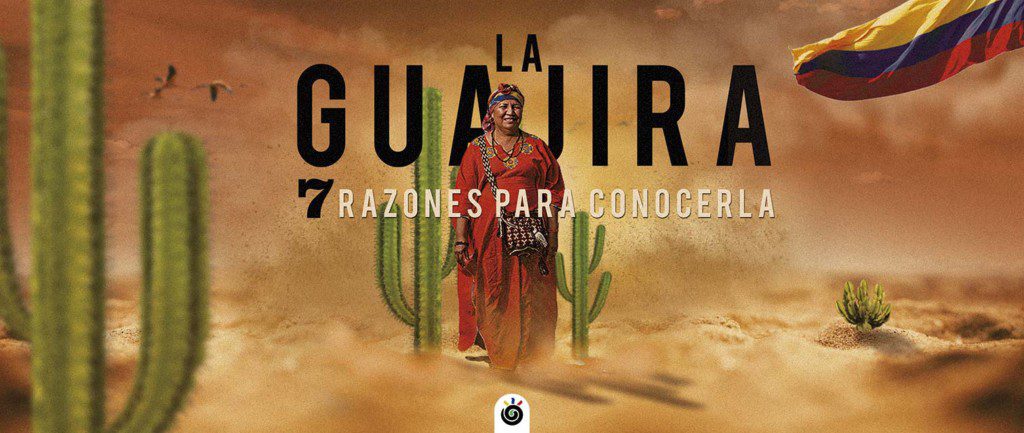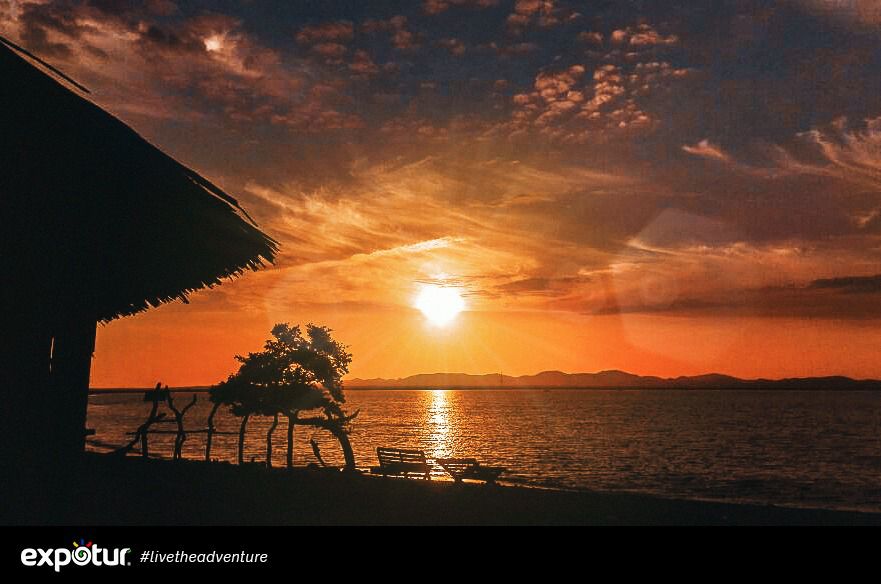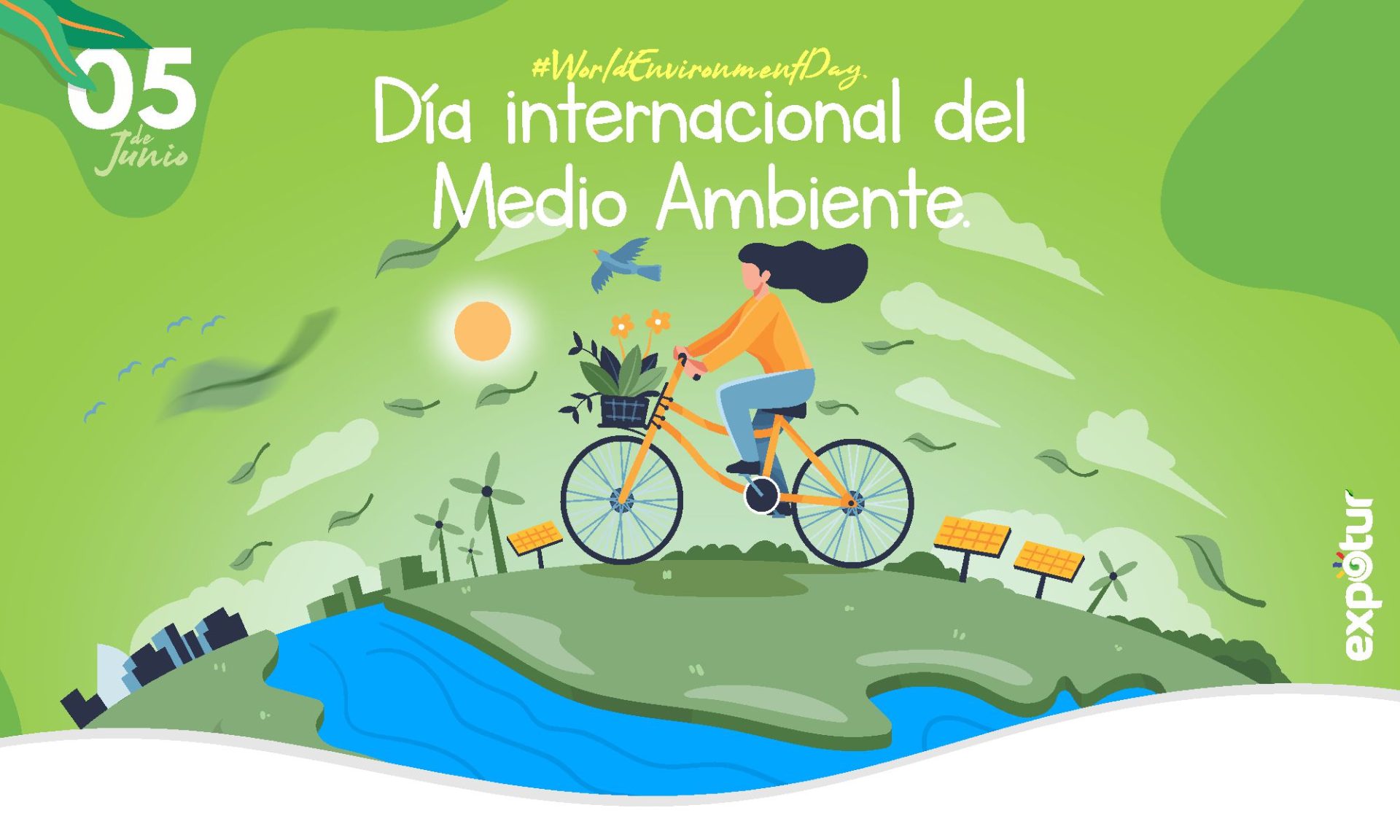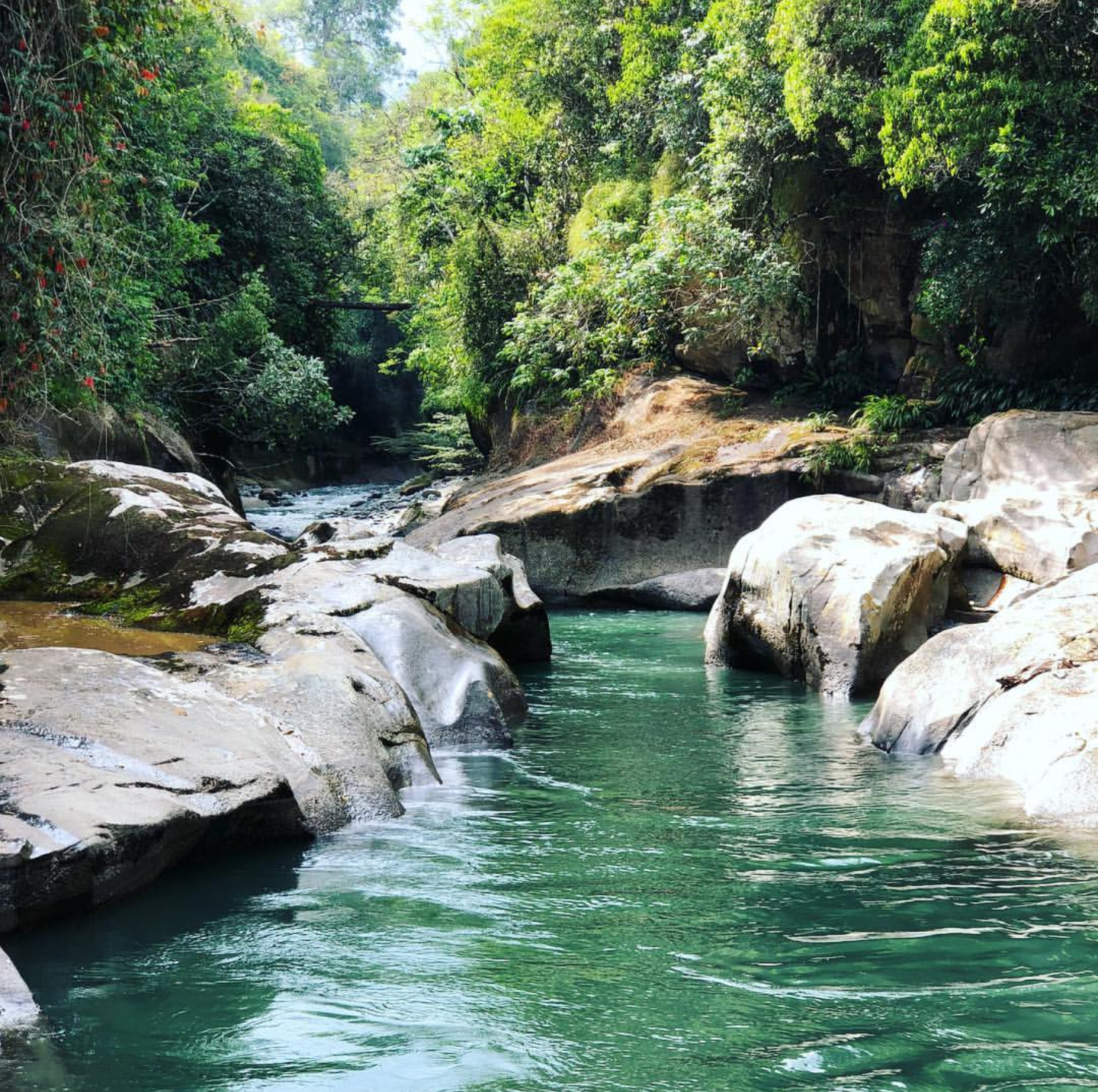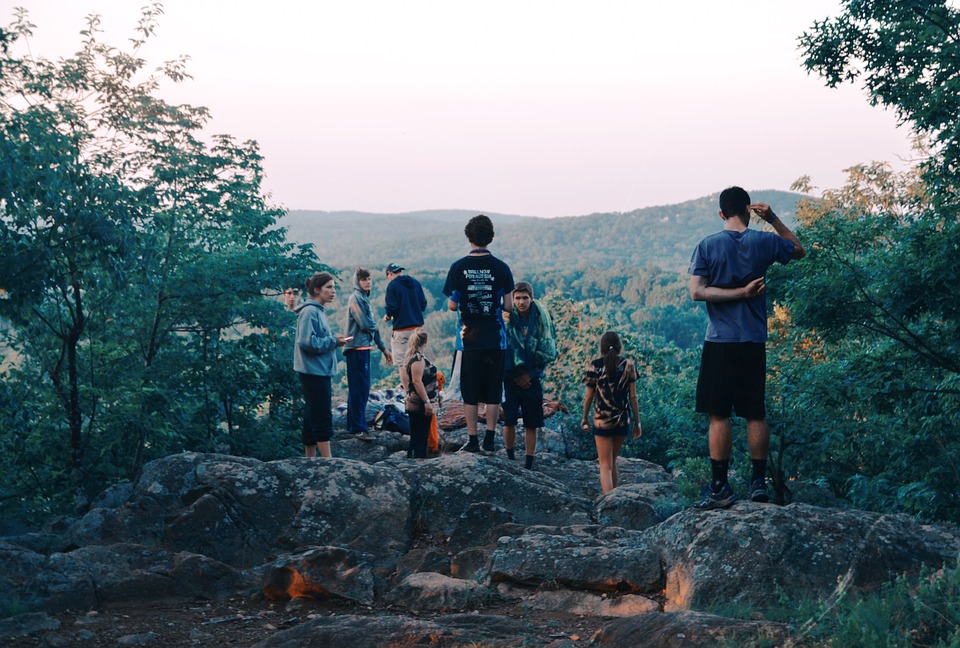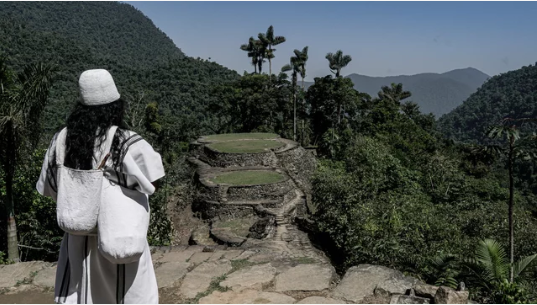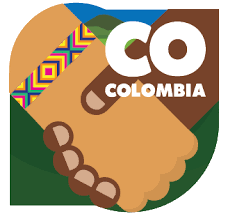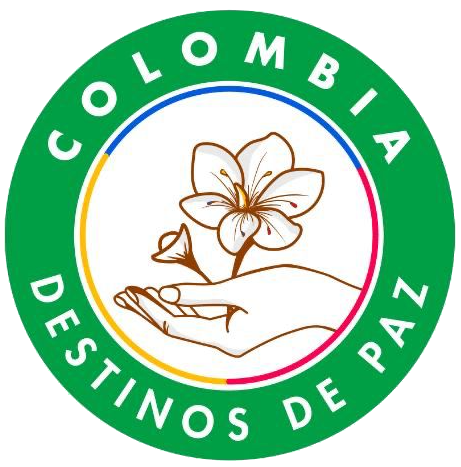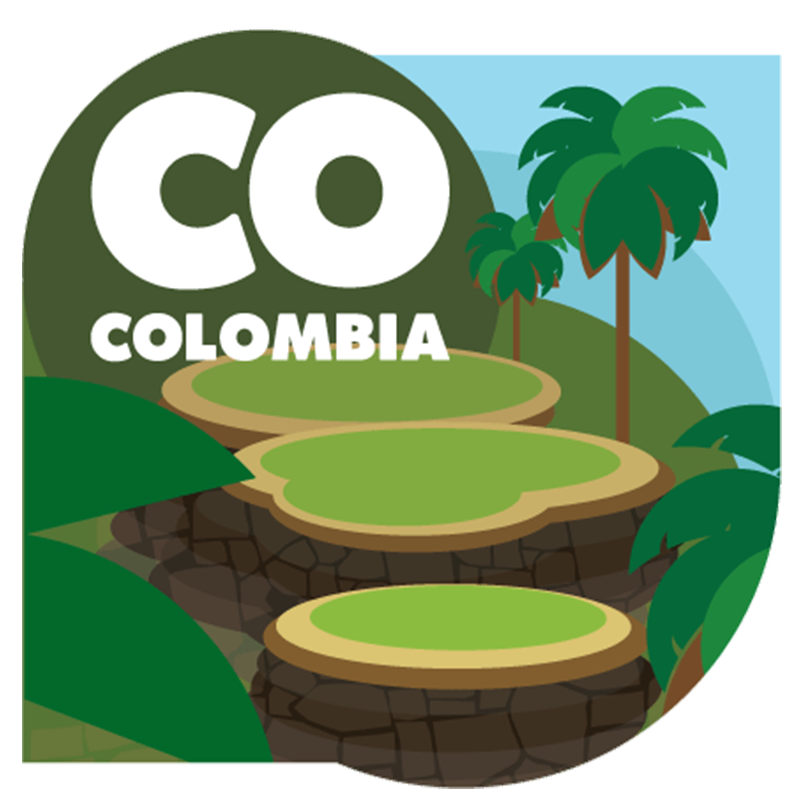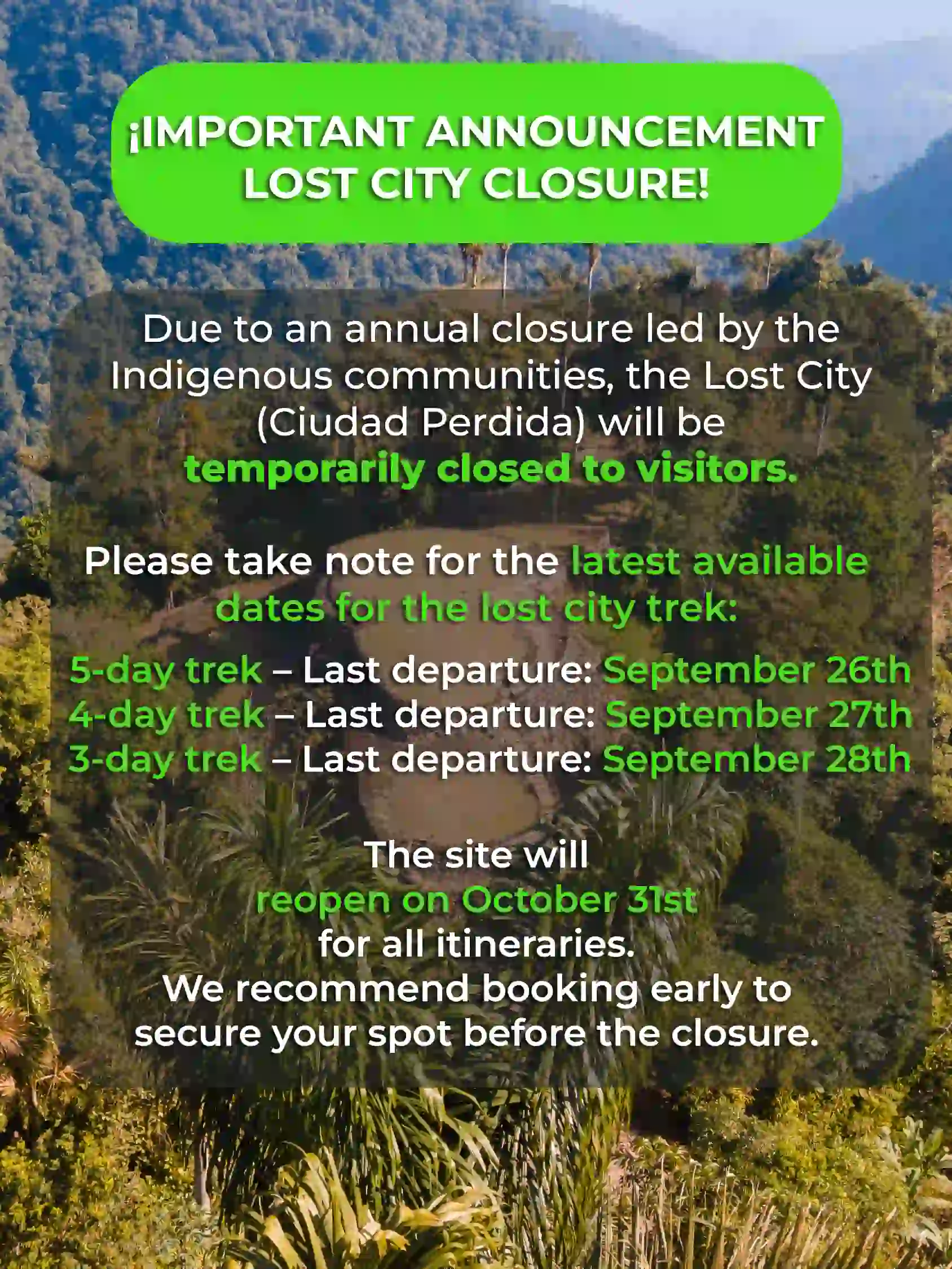The Tatacoa Desert, is the second largest arid zone in the country, after La Guajira; its ocher and gray colors surrounded by sporadic cacti complement the exotic landscape of this quiet place.
.
How to get to the Tatacoa Desert?
It is only 40 minutes from Neiva, department of Huila. You can reach the desert by taking a bus at the city’s transport terminal; the destination is the municipality of Villavieja precisely in the center of the Desert.
The route from Neiva to Villavieja has a paved road, which contrasts with the hostels that you will find along the road through the desert.
.
What can you find and do in the Tatacoa Desert?
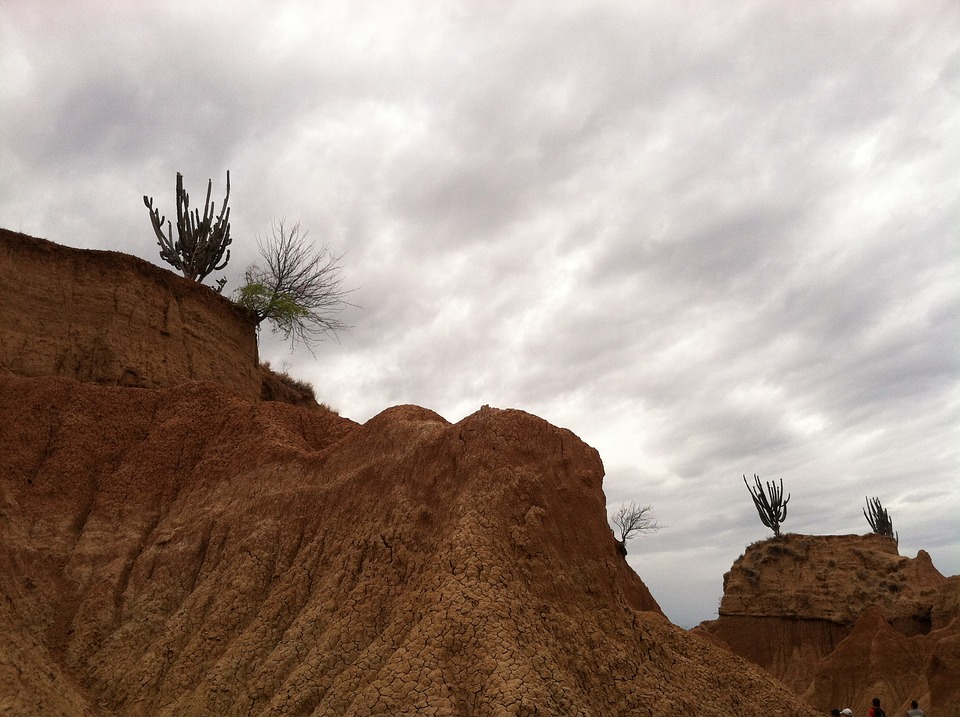
In the sky of the Tatacoa Desert you can observe up to 88 constellations, appreciate magnificent meteor showers in the early hours and see various celestial bodies.
You will also find the Municipal Astronomical Observatory, located in La Posada el Tigre de Marte. This is a perfect plan for the most curious travelers and eager to learn about other planets. Admission costs between $ 7,000 and $ 12,000 pesos.
As an ideal activity for adventurers, there are walks on the Cuzco, Los Hoyos and Xilópalos trails.
There is also the visit to the natural pool that is in the middle of the desert.
Another fun option is horseback riding; bicycle or motorcycle rentals to enter the desert and even make small races with friends.
.

.
Stay in the Tatacoa Desert
Being a desert, it does not have 5-star hotel services, but it does have many hostels and comfortable inns on the road.
Throughout the area you will also find camping areas where you can spend the night worth $ 15,000 pesos (tent included). You will also find comfortable hammock areas, its value varies between $ 7,000 to $ 10,000 pesos per night. In addition, private rooms worth $ 60,000 pesos.
.
Fauna and Flora that you can find in the Desert
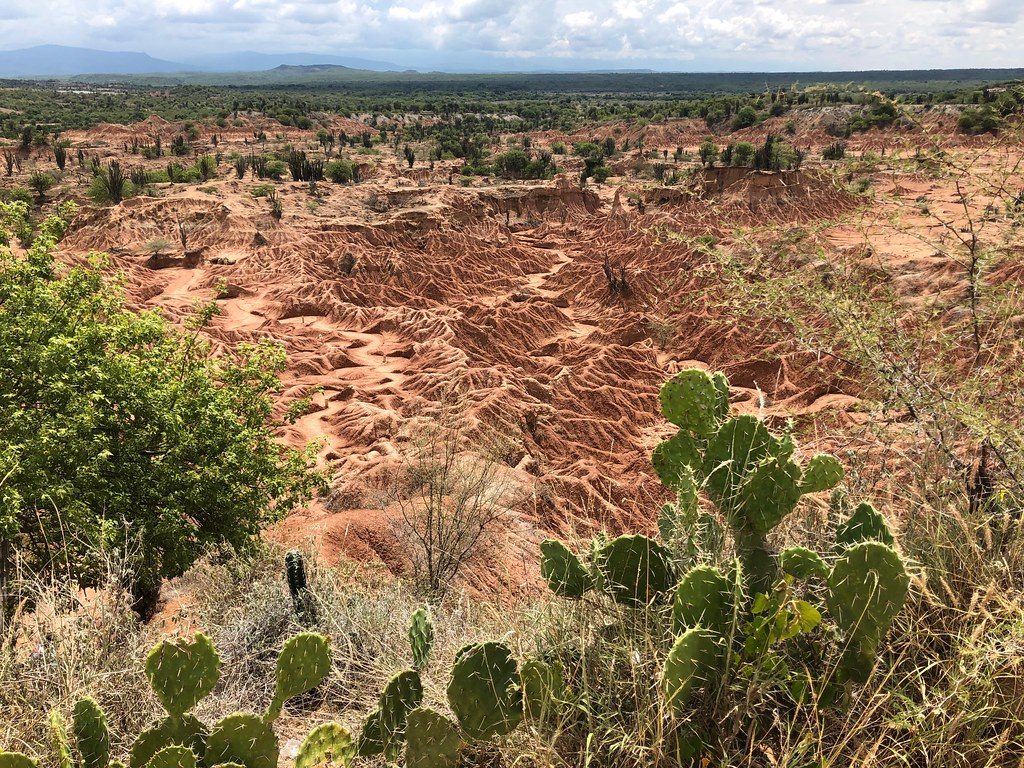
Due to its climate, many species of fauna and flora have gone through a process of adaptation and survival. Moisture conditions and high temperatures have caused eroded soils, so there is really little life.
For example, plants have developed roots horizontally up to 30 meters in length and vertical roots up to 15 meters deep in search of water.
The most found plants are cacti, which reach a height of up to 5 meters.
As for wildlife, you will find turtles, rodents, snakes, spiders, scorpions, eagles, lizards and tigers.
.
Curious fact
His conqueror Gonzalo Jiménez de Quesada called it the Valley of Sadness.
-It is not really a desert, it is a tropical dry forest.
– Its name Tatacoa is attributed to the rattlesnake.
– Scientists reveal that in the tertiary period the desert was a garden with many flowers and trees and gradually became a desert.
.
What to eat in the Tatacoa Desert?
The different inns and hostels offer the typical duck of the area: goat in its different presentations. They offer it roasted, stewed, sweaty or fried; accompanied by cooked cassava or rice. It is a simple dish that is worth trying to learn more about the desert and its cuisine.
Related posts:
.
.
.
Enter our social networks to see images and videos of tourist places in Colombia. Come and meet with us other desert destinations such as Cabo de la Vela and Punta Gallinas in La Guajira!








